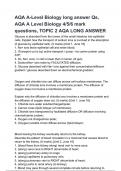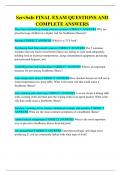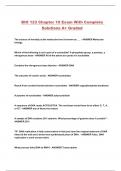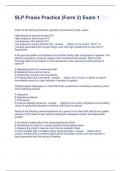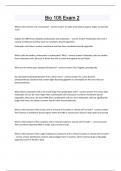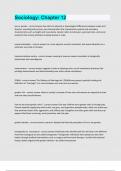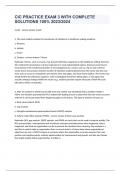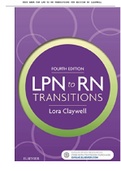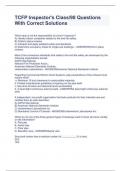Exam (elaborations)
AQA A Level Biology 4/5/6 mark questions, (Certified Answers)
- Course
- Biology.
- Institution
- Arizona State University
AQA A Level Biology 4/5/6 mark questions, (Certified Answers) Many different substances enter and leave a cell by crossing its cell surface membrane. Describe how substances can cross a cell surface membrane. (5) 1 (Simple / facilitated) diffusion from high to low concentration / down concen...
[Show more]
